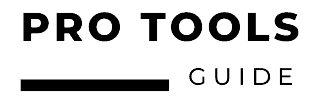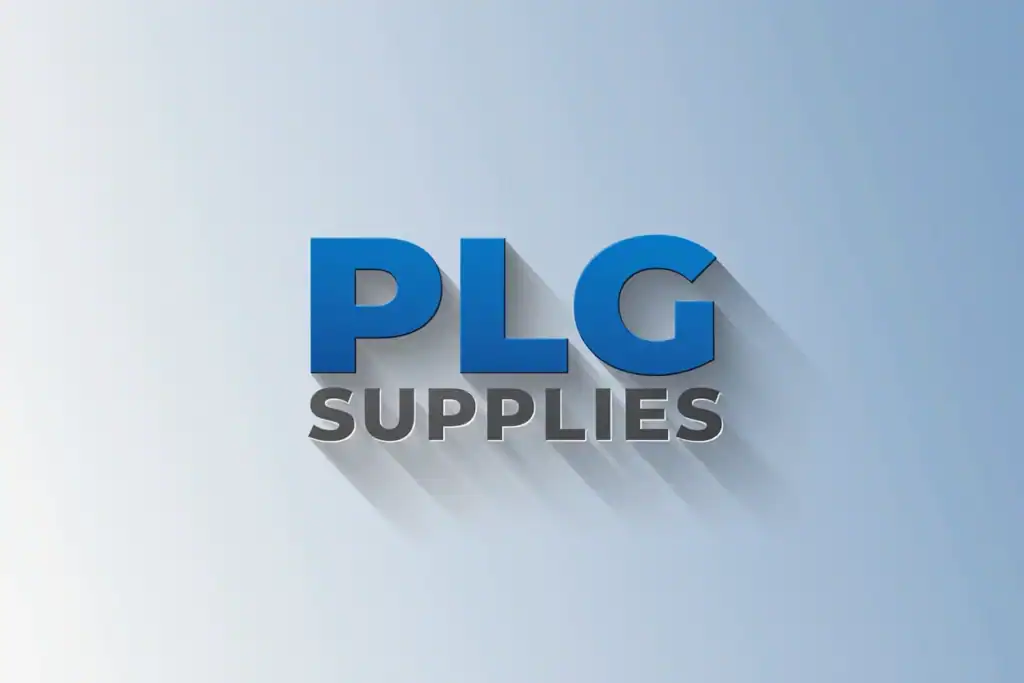Product-Led Growth (PLG) has transformed how software companies acquire, activate, and retain customers. Unlike traditional sales-driven approaches, PLG puts the product at the center of the growth engine: users discover value through direct product experience, not sales pitches. PLG supplies are the essential tools, processes, and resources that make this self-service growth model possible—from analytics platforms that track behavior to onboarding tools that guide first-time users toward their “aha” moment.
| Category | Purpose | Key Benefits | Essential Tools |
|---|---|---|---|
| Product Analytics | Track user behavior and measure activation metrics | Data-driven optimization, funnel analysis, cohort insights | Amplitude, Mixpanel, Pendo |
| User Onboarding | Guide new users to value realization | Faster time-to-value, higher activation rates | Userpilot, Appcues, WalkMe |
| In-App Communication | Deliver contextual messages and collect feedback | Reduced support burden, targeted engagement | Intercom, Pendo, Hotjar |
| Experimentation | Test and optimize product experiences | Evidence-based improvements, risk mitigation | Optimizely, VWO, LaunchDarkly |
| Data Infrastructure | Create unified customer data foundation | Single source of truth, attribution accuracy | Segment, Snowflake, dbt |
What Are PLG Supplies?
PLG supplies represent a complete ecosystem of tools, technologies, processes, and strategic resources that empower companies to run product-led growth strategies effectively. These are the infrastructure elements that support self-service customer acquisition, activation, retention, and expansion—all driven by product usage, not traditional sales or marketing.[1][2][3][4]
The core principle is removing friction from the customer journey. Instead of requiring lengthy sales cycles or demos, PLG supplies let users discover, try, and find value independently. This approach is proven—PLG companies grow twice as fast as sales-led companies, with faster onboarding and lower customer acquisition costs.
PLG supplies differ from traditional SaaS tools because they focus on optimizing product experience at every step. Instead of lead generation, PLG tools hone in on activation metrics, time-to-value, and product-qualified lead identification.
The PLG Operating System: Core Categories
A successful PLG motion blends tools and processes. Here are the components that form the foundation of any PLG stack:
Product Analytics and Intelligence
Product analytics tools are the nervous system of PLG. They track every interaction, screen, and click—enabling optimization at every stage.[5][6]
Core Features:
- Event tracking for every user action
- Funnel analysis to identify bottlenecks
- Cohort analysis for retention insights
- Dashboards and reporting for different teams
- Real-time segmentation for campaigns and experiments
PLG teams use behavioral data—like which features drive upgrades, or patterns tied to long retention—over demographic info. Clean event schemas and accurate tracking are a must for real insights.[7]
Selection Criteria:
- Flexible tracking and retroactive analysis
- Cross-device identity resolution
- Privacy and compliance controls
💡 Expert Insight: Analytics Foundation
Most PLG failures start with messy data. Clean event tracking and robust QA are more important than fancy tool add-ons—don’t skimp on the foundation.
User Onboarding and Activation
User onboarding is the bridge between signup and value. The best onboarding tools help users hit their activation point—the moment they experience real product value.[8][9]
Must-Have Onboarding Elements:
- Welcome sequences (emails, modals)
- Product tours with guided checklists
- Progress bars or onboarding score
- Contextual tooltips for tricky features
- Empty state screens that nudge to action
Gamification—like checklists or badges—can boost new-user engagement. No-code editors let teams ship improvements fast, making onboarding a living process.[10]
In-App Communication and Lifecycle Management
In-app messaging tools allow targeted, context-aware communications. Messages matter most when users are active—driving engagement, gathering feedback, or announcing new features.[3]
In-App Messaging Tactics:
- Behavioral triggers: e.g., prompt after key action
- Lifecycle automation: upgrade, usage, or churn milestones
- Feature announcements: educate on launches
- Micro-surveys: gather quick user opinion
- Integrated support: help chat or knowledge base
Experimentation and Feature Management
Tools for A/B testing and feature flags allow safe, data-driven product changes. Instead of shipping features to everyone, you can control rollouts and measure impact reliably.
Experimentation Tips:
- Design hypotheses with clear success metrics
- Wait for statistical significance before declaring winners
- Use “guardrails” (like churn, NPS) to catch side effects
- Analyze by segment—what works for one cohort may not for another
Feature flags also offer operational benefits: gradual rollouts, instant hotfixes, and user-by-user personalization.
Data Infrastructure and Customer Data Platforms
Unified, clean data is the bedrock of PLG. CDPs and data warehouses are where events land, transform, and power other tools.
Infrastructure Essentials:
- Multi-source event collection (web, app, backend)
- Identity resolution for single user profiles
- Reverse ETL to push insights back into tools
- Consent and privacy management
Warehouse-first designs—instead of relying solely on SaaS vendors—give teams control and flexibility. Invest in schema standards and QA to keep data from getting messy.
Monetization and Pricing Strategies
Turning active users into paying customers is the heart of successful PLG. The right pricing approach, clear value signals, and frictionless paywalls are key.
Popular PLG Pricing Models:
- Freemium: Core features are free; advanced ones require payment
- Usage-based: Pay for what you use (great for dev tools, APIs)
- Tiered subscription: Multiple plans for different user needs
- Flat-rate: Simple, fixed monthly access
Pricing Optimization Strategies:
- Align pricing to value delivered: Bill per seat for teams, or per-action for high-use power users.
- Test paywall timing: Try upgrades at activation, after a feature is used, or when users hit a soft limit.
- Use anchors: Offer several plan options so users see value in the recommended one.
- Recover failed payments: Automated reminders help cut involuntary churn.
- Discount smartly: Limited-time offers can prompt action, but track their effect on lifetime value.
Expert Tip: Monitor churn and NPS closely during pricing tests. Revenue gains aren’t worth it if long-term satisfaction drops.
Essential PLG Metrics
Knowing what to measure is half the battle. Here are metrics that matter:
Acquisition
- Visitor-to-signup rate: Site visitors who create accounts
- PQLs (Product-Qualified Leads): Users showing real intent, like hitting usage milestones
- Viral coefficient: Growth from referrals
Activation
- Activation rate: Reaching the “aha” moment (target: 40%)
- Time-to-value (TTV): How long from signup to using a key feature (aim for under a week)
- Feature adoption rates: Are users trying the best parts of your product?
Engagement & Retention
- DAU/MAU: Daily actives divided by monthly (shows stickiness)
- Cohort retention curves: What % of users stick around after 1, 7, or 30 days
- Net revenue retention (NRR): Revenue retained and expanded over time
Monetization
- Free-to-paid conversion: What % of users upgrade each month (10–20% is solid)
- ARPU (Average Revenue Per User): Shows monetization per user
- Expansion revenue: Upsells or usage overages
Efficiency
- Time-to-experiment: How quickly can you test new ideas?
- Tracking accuracy: Are events coded and firing as expected?
- Support tickets per user: High numbers flag onboarding or UX gaps
Selecting and Implementing PLG Supplies
Tool Selection Framework
- Define Needs:
- List must-have features and integrations.
- Estimate current and projected user/data scale.
- Research & Shortlist:
- Use reviews, case studies, and G2 or Capterra to check real-world feedback.
- Create an Evaluation Scorecard:
| Criteria | Vendor A | Vendor B | Vendor C |
|:–|:–:|:–:|:–:|
| Feature set | ✔️ | ✔️ | ❌ |
| Data ownership | ✔️ | ❌ | ✔️ |
| Pricing flexibility | ✔️ | ✔️ | ❌ |
| Support/SLAs | ✔️ | ❌ | ✔️ | - Pilot Test:
- Launch with real data & users.
- Measure onboarding, speed, and analytics.
- Finalize & Govern:
- Negotiate contracts and map long-term support.
- Schedule regular reviews to avoid tool bloat.
Implementation Blueprint: 0–90 Days
Phase 0: Foundation (Days 0–30)
- Build the right team (product, dev, data, growth)
- Define success metric (“20% of new users complete Project X in 7 days”)
- Map and instrument events
- Launch basic onboarding flow
- Facilitate feedback loops (surveys or chat)
Phase 1: Activation Experiments (Days 31–60)
- Try A/B onboarding flows: e.g., checklist vs. guided tour
- Add contextual nudges and micro-surveys
- Check data pipeline accuracy daily
- Tweak flows based on real user feedback
Phase 2: Monetization & Expansion (Days 61–90)
- Test different paywall origins and upgrade messages
- Experiment with value metric variations
- Automate upgrades, churn nudges, support triggers
- Review KPIs weekly, especially activation and churn
Advanced PLG Strategies and Industry Applications
Viral Growth Mechanisms
- Add user/team invites for bonus features
- Make sharing rewarding (give both sides value)
- Highlight social proof with numbers or testimonials
Product-Led Sales (PLS)
- Alert sales when usage hints at buying intent
- Provide in-app upgrades or book-a-demo CTAs
- Use usage stats to tailor outreach
Industry-Specific Tactics
- Dev tools: Free sandboxes, sample projects
- Collaboration: Emphasize invites, shared docs
- Marketing SaaS: Live dashboards that users can embed
Common Pitfalls and How to Avoid Them
- Messy event data: Do routine audits to keep schemas clean
- Over-onboarding: Start with three or fewer onboarding steps
- Uncoordinated experimentation: Assign a single owner to track test impact
- Warning signs: If users complain about popups or support volumes spike, slow down on messages and onboarding nudges
Real-World Case Studies
Startup: TaskFlow (fictional)
Low activation (15%) improved to 45% by launching a two-step checklist with onboarding completion progress.
Scale-up: DataSync (fictional)
Churn dropped from 8% to 4% monthly after adding usage-based customer success triggers.
Enterprise: SecureDocs (fictional)
Shortened sales cycle by 30% after enabling self-serve trials and admin controls for enterprise deals.
PLG Supplies Roadmap: Next Steps
- First month: Nail tracking and ship MVP onboarding.
- Second month: Experiment with onboarding and paywalls, integrate data to CRM.
- Third month: Launch advanced features, run pricing tests, and review all data and feedback.
- Ongoing: Regularly review metrics, rotate owner for experiments, and keep schema docs current.
Conclusion
Getting PLG supplies right means putting users first with data-driven onboarding, meaningful engagement, targeted monetization, and a willingness to experiment and refine. Focus on the fundamentals: clean data, simple onboarding, targeted messaging, and iterative testing. Track what matters and be ready to adapt quickly to real user behavior.
With this approach, you’ll build a growth engine that powers itself—and keeps customers coming back.











